ABSTRACTION REACTION
Works from the collection of Arnauld Debois
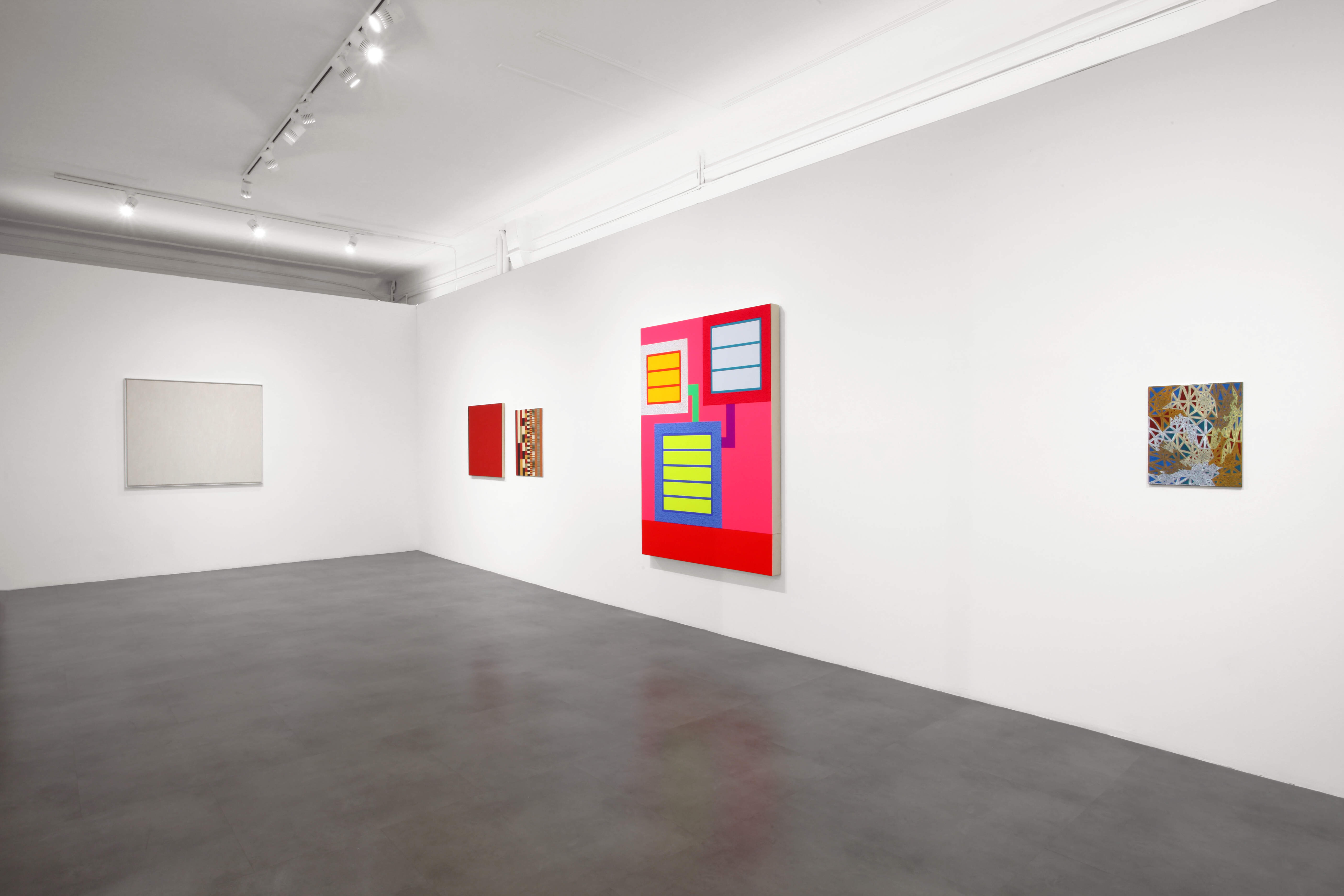
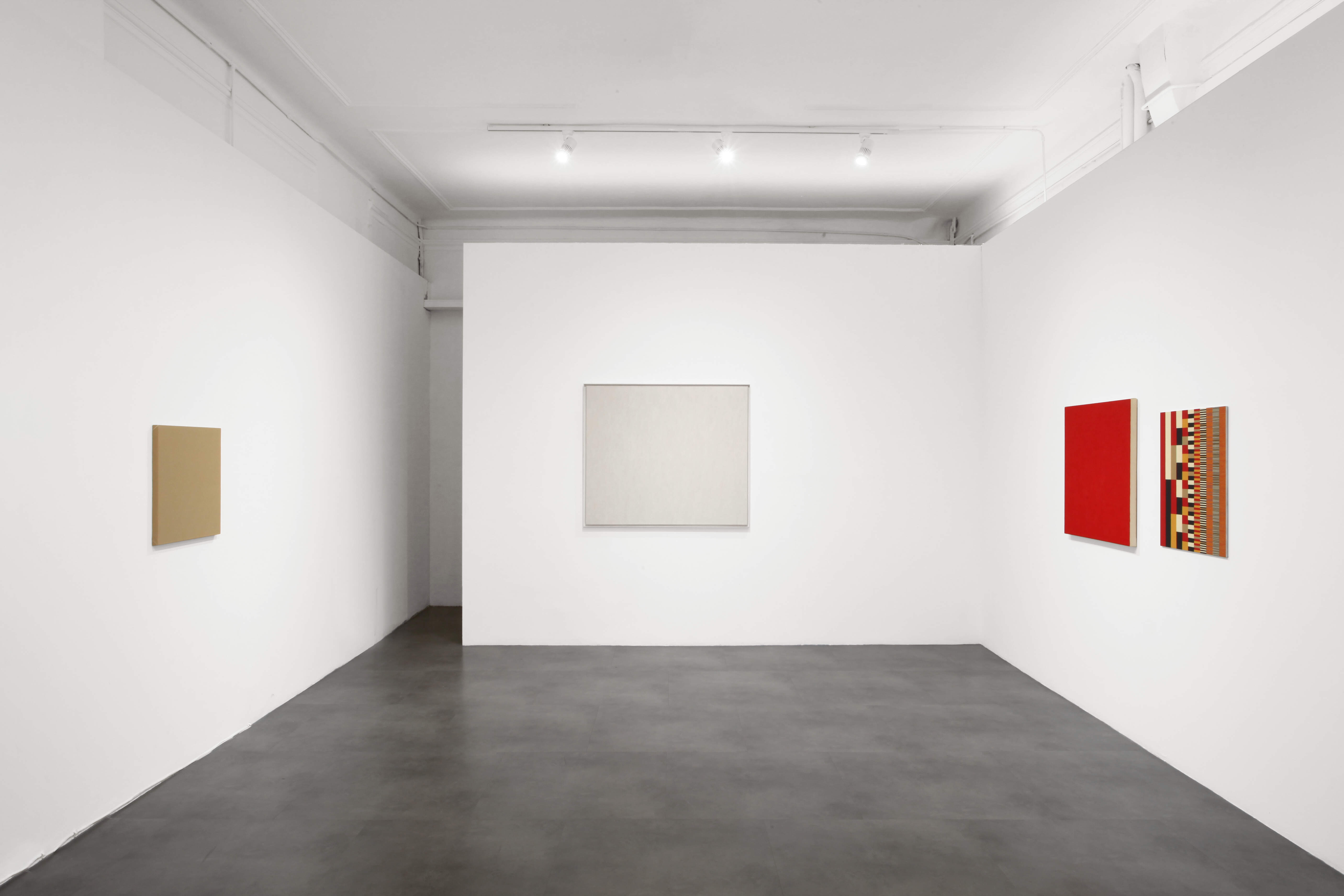
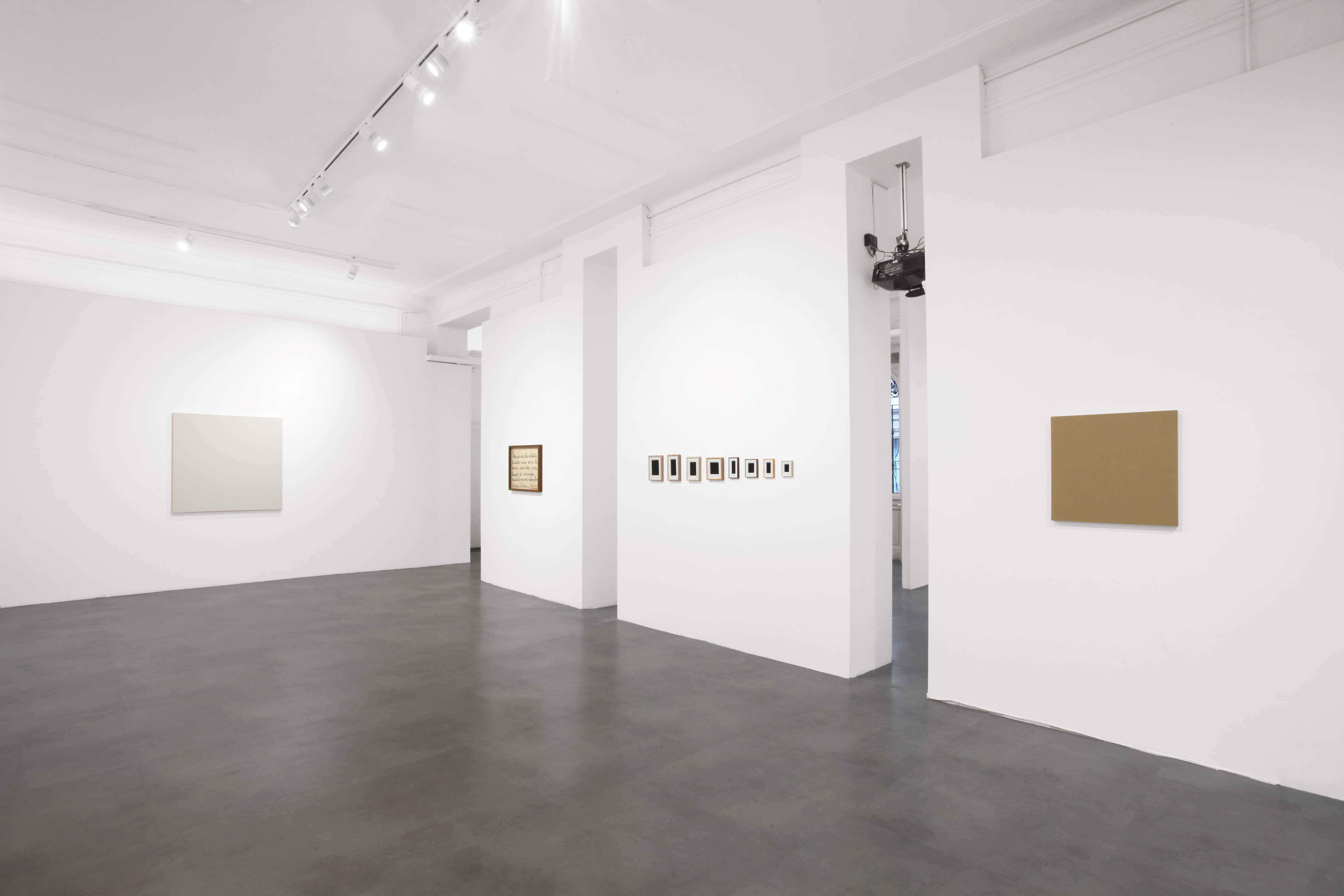
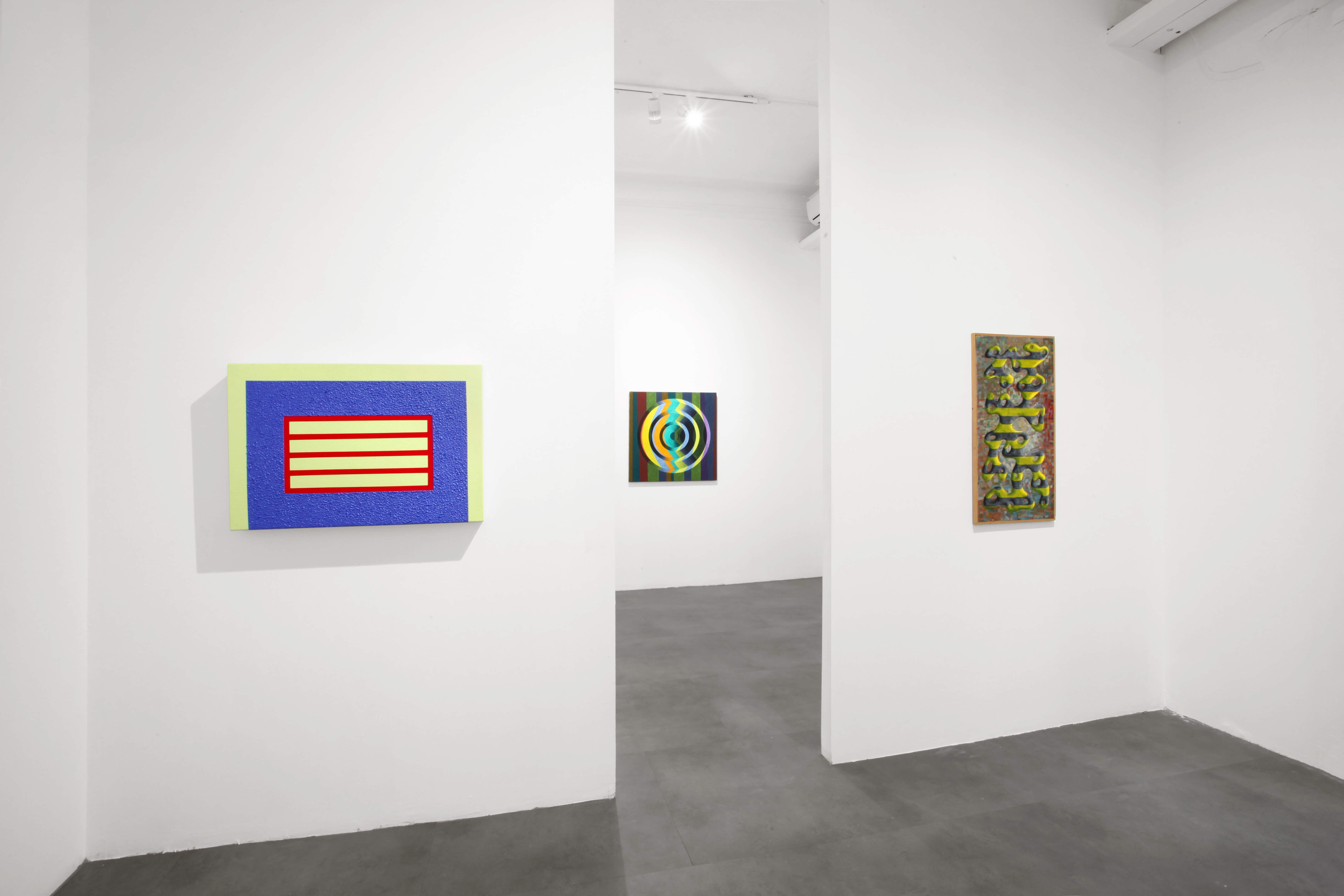
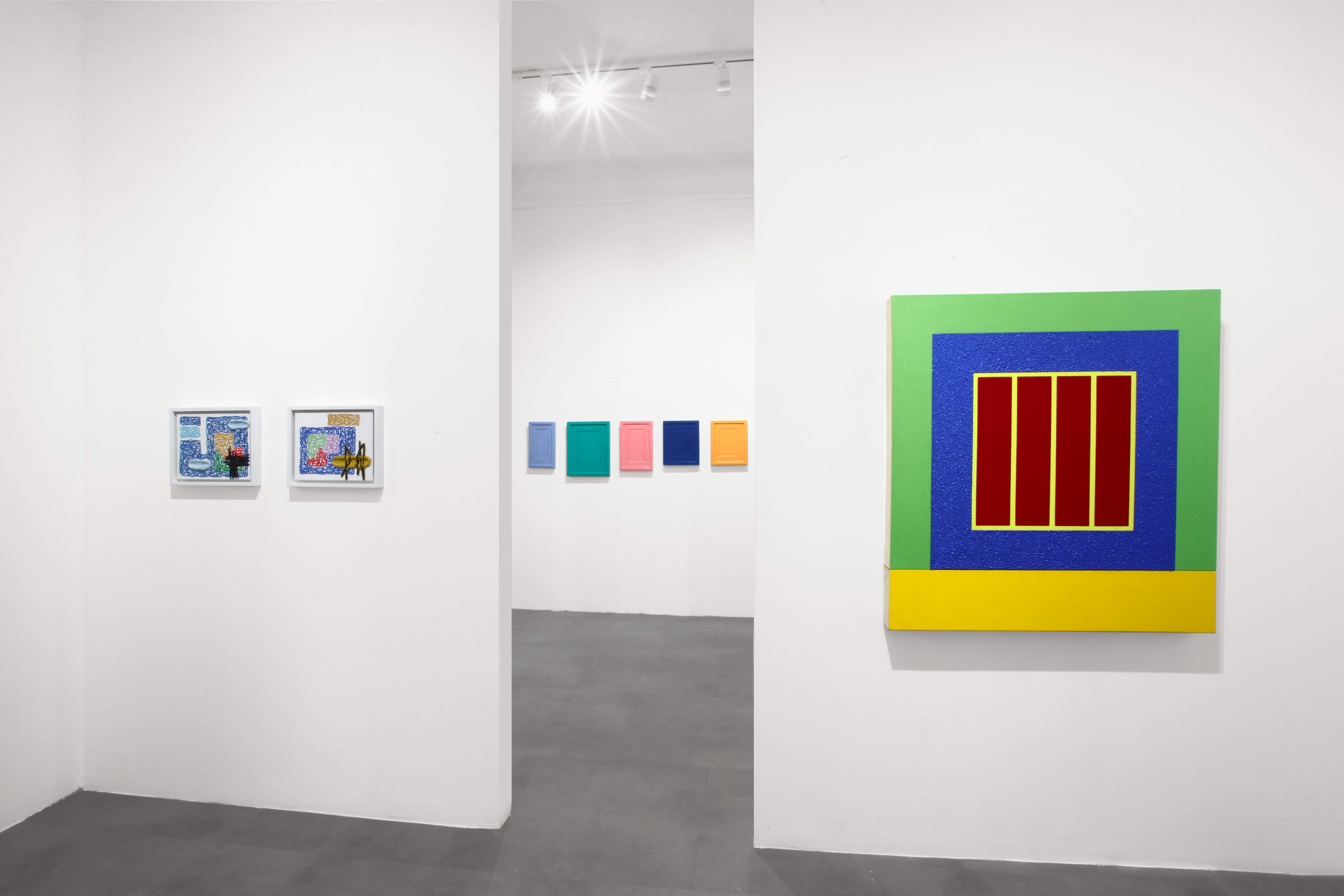
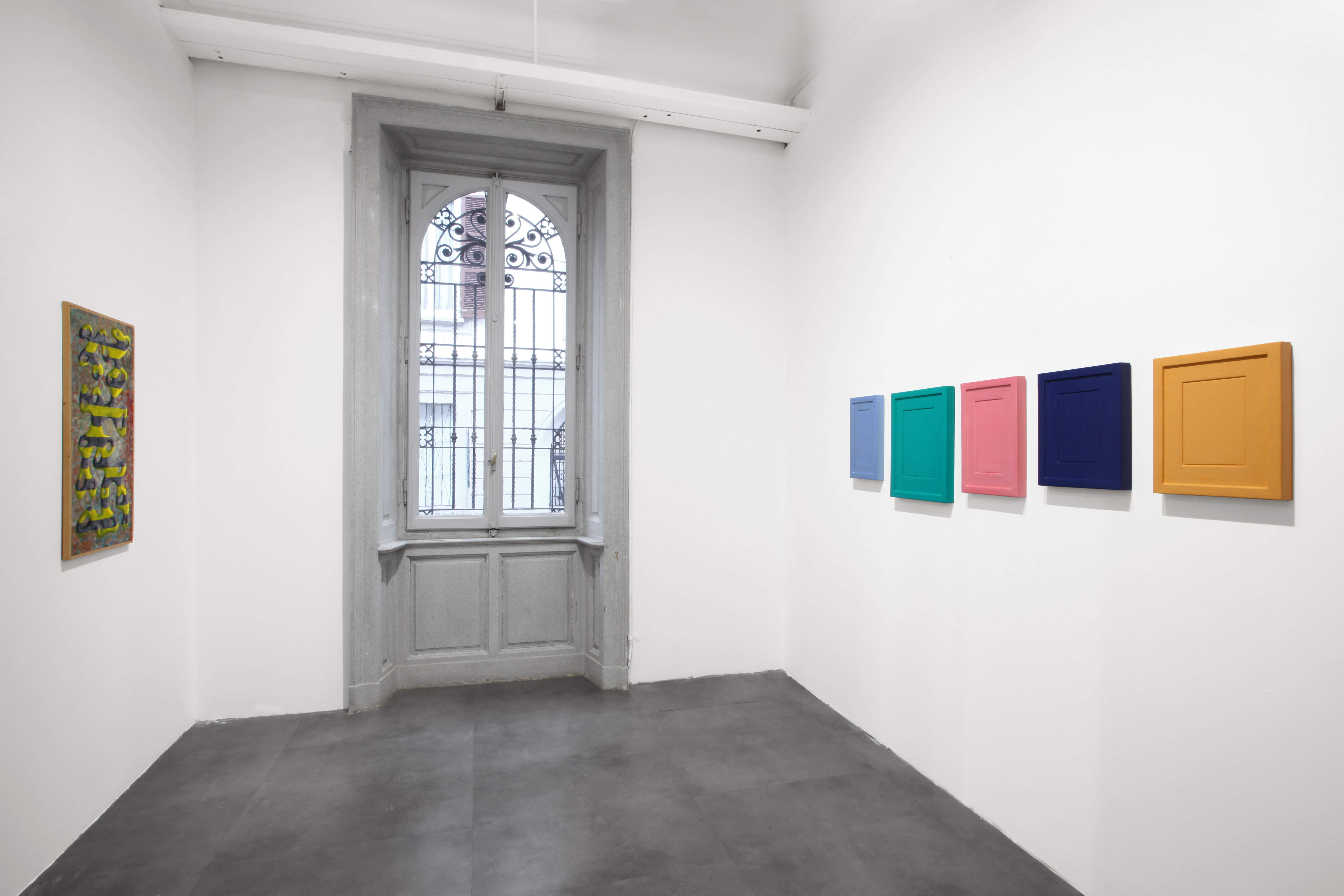
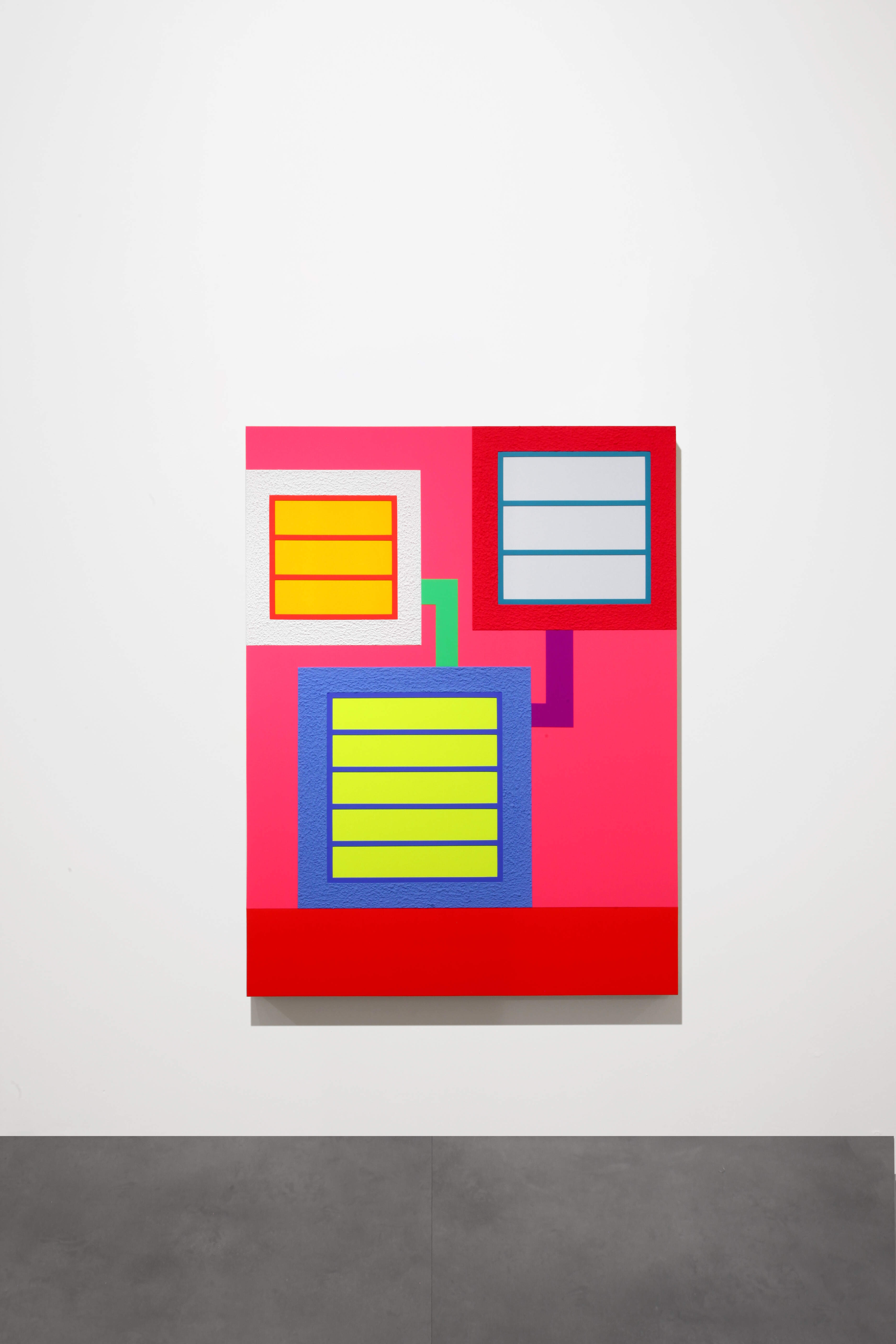
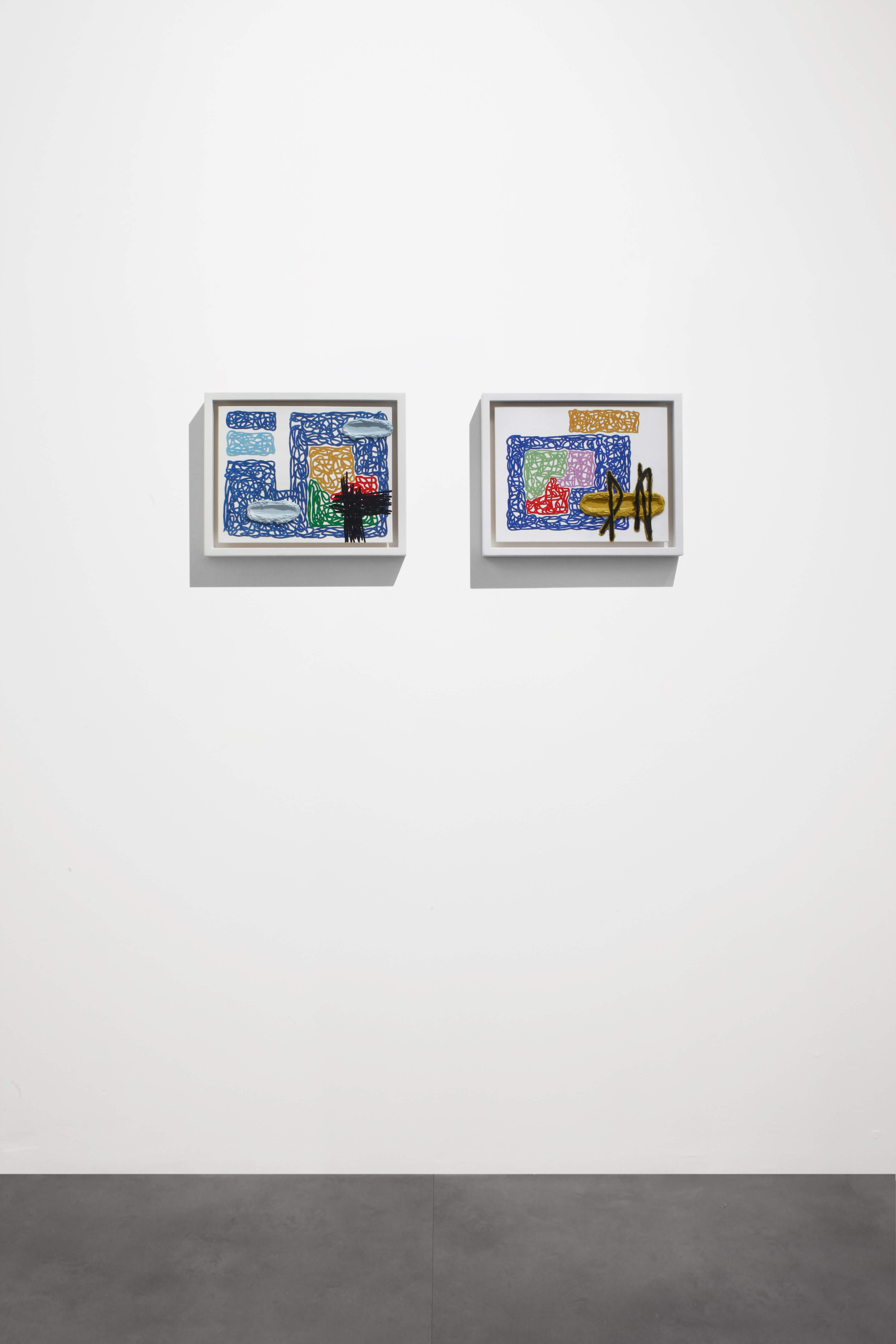


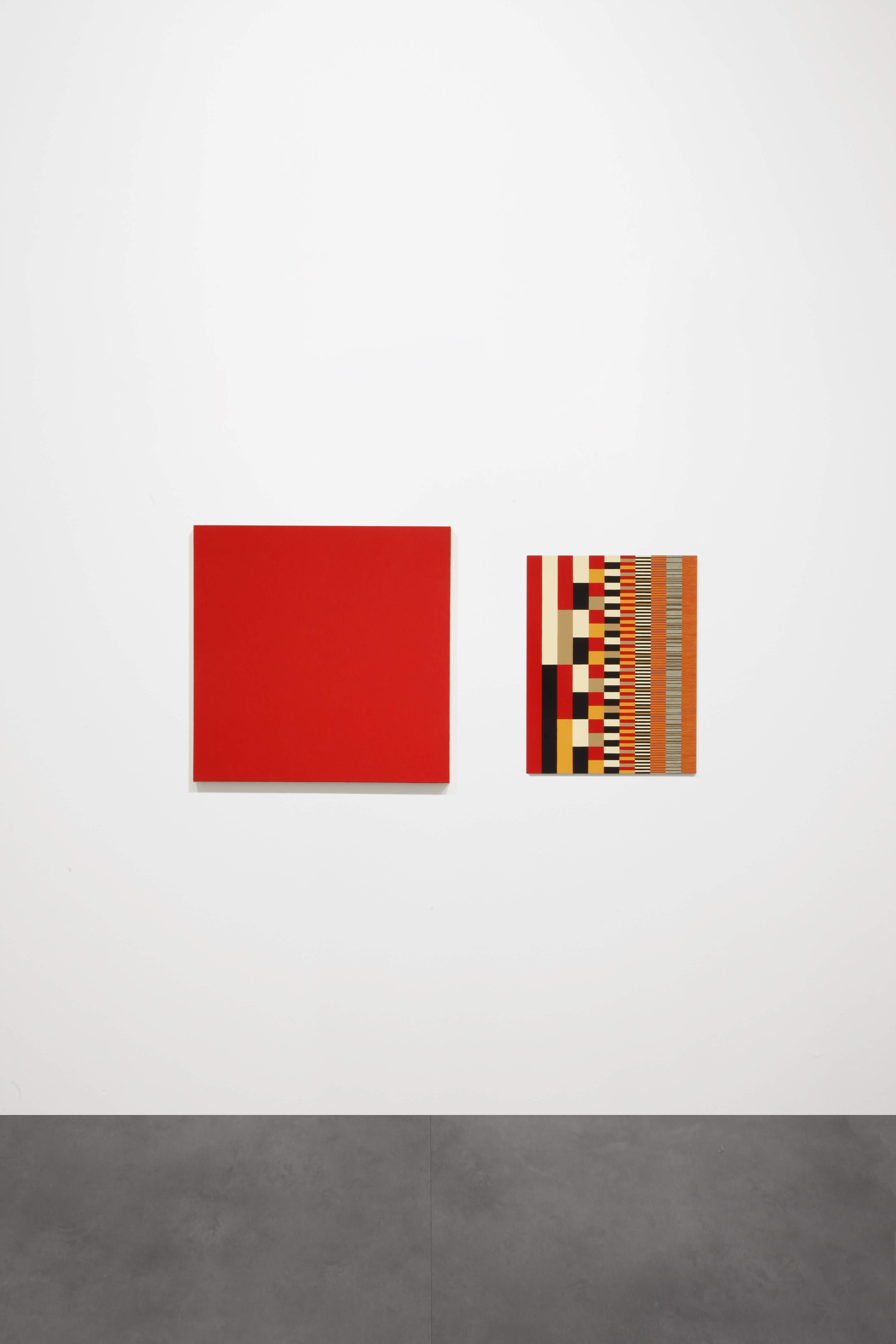
ABSTRACTION REACTION
Works from the collection of Arnauld Debois
OPENING: 15 SETTEMBRE 2021 dalle 18:30
PERIODO: 16 SETTEMBRE - 15 OTTOBRE 2021
Mimmo Scognamiglio in conversazione con Arnaud Dubois nel contesto della mostra Abstraction/Reaction, opere dalla collezione di Arnaud Dubois.
Mimmo Scognamiglio: Mio caro amico, ci conosciamo ormai da molto tempo, e molte volte le nostre strade si sono incrociate. Qual è stato il tuo primo pensiero quando ti ho proposto di fare una mostra insieme?
Arnaud Dubois: Caro Mimmo, mi sono immediatamente sentito onorato dalla tua proposta e dalla tua dimostrazione di affetto rinnovato, e l’idea di questa nuova collaborazione mi ha subito ispirato. Il pensiero di organizzare una mostra insieme non mi ha affatto stupito – in effetti mi è sembrata una cosa logica. Anzi, mi stupisce non averlo fatto prima.
La tua è una collezione importante se consideriamo la varietà di opere e artisti presenti, ma è evidente che vi sia una netta predilezione per l’astrazione geometrica.
Ho cominciato a collezionare opere ben prima di potermelo effettivamente permettere, Il primo dipinto che ho acquistato è stato un cerchio nero su fondo bianco di Olivier Mosset, punto di partenza della mia collezione. Sono sempre stato affascinato dall’astrazione geometrica in generale, e in particolare dalla pittura minimalista. La ricerca della neutralità, l’affrancamento da ogni rappresentazione simbolica e narrativa proprie della pittura minimalista – che trova nel monocromo la sua espressione più alta – è una di quelle rivoluzioni artistiche che non finisce mai di sorprendermi per la purezza delle sue ambizioni e conclusioni formali.
Da dove viene la decisione di concentrarti su questo periodo ben definito degli anni Ottanta, che rifiuta totalmente la figurazione, un trend che all’epoca andava per la maggiore?
Dopo aver acquisito opere di artisti come Niele Toroni, François Morellet, Sol Lewitt e Robert Mangold, il mio gusto e la mia ricerca mi hanno naturalmente condotto verso la pittura astratta post-moderna. La spirale ideologica ed estetica di questa influente corrente artistica è arricchita da un immenso quanto affascinante repertorio formale che si espande a tutti i meandri della creazione artistica, sviluppando così uno stile sovversivo internazionale.
A differenza dell’arte minimalista, che cercava di limitarsi alla realtà materiale, questi artisti degli anni Ottanta hanno chiaramente compreso che un dipinto conserva sempre un rapporto con l’idea di rappresentazione. Essi denunciavano cinicamente il consumismo capitalistico legato al mondo dell’arte. Ora è l’arte il lusso più contemporaneo. Mi sembra che tale tema, sollevato da Peter Halley e dal movimento Neo-Geo, sia oggi più attuale che mai.
Come mai la scelta di includere anche opere di Picabia?
Divertente e sovversiva, la lettera di Picabia del 1920 è tratta dalla sua opera Jésus Christ Rastaquouère. Tuttavia, così come l’artista Dada si oppone al dogma che vede gli artisti alla ricerca di verità assolute, la generazione postmoderna mette in discussione la scienza positiva degli artisti modernisti, la loro idea di progresso e la ricerca di leggi universali a favore di un approccio più diversificato, saldamente radicato nel tempo.
Questa mostra raccoglie opere della tua collezione personale: sei pronto a vederle andare via?
Ho, mio malgrado, l’abitudine di collezionare più di un’opera degli artisti di cui apprezzo il lavoro. Questa non è affatto una regola imprescindibile e per un collezionista, ma piuttosto l’incapacità che ho di scegliere tra due opere che mi colpiscono. Perciò preferisco lasciare ai collezionisti questa scelta, vale a dire decidere quale delle due acquistare. L’altra me la tengo volentieri.
ARTISTI IN MOSTRA: Marcia Hafif | Peter Halley | Jonathan Lasker | Allan McCollum | Olivier Mosset | Francis Picabia | James Siena
OPENING: SEPTEMBER 15th 2021 from 6:30pm
PERIOD: SEPTEMBER 16th – OCTOBER 15th, 2021
Mimmo Scognamiglio in conversation with Arnaud Dubois on September 1st, 2021 in the context of the exhibition Abstraction/Reaction, works from the Arnaud Dubois collection.
Mimmo Scognamiglio: My dear friend, it’s been quite a while since we’ve met each other, and many times our paths have crossed. What was your first thought as soon as I told you about my intention to make an exhibition together?
Arnaud Dubois: Dear Mimmo, I was first sincerely honored by your invitation: a new expression of friendship inspired by the project of a new collaboration. Organizing this exhibition together appears as dazzling evidence: it’s funny how it hasn’t struck me sooner.
Your collection is quite big in terms of number of pieces and artists, but it seems that your taste is more focused on Geometric Abstraction.
I started collecting artworks well before my financial means allowed me to do it. My first acquisition was a Black Circle on a white background by Olivier Mosset, which has been the starting point of my collection. I’ve always been fascinated by abstract and geometrical painting in general, and by minimal painting in particular. The search for neutrality, its stripping and the liberation of any symbolic or narrative representation of minimal painting - which will find its most successful form in monochrome - is a revolution in the history of art that continues to impress me with the purity of its ambitions and its formal conclusions.
Why did you focus on this very specific period of the 80s which rejected figurative art – a worldwide major trend at the time?
After collecting works by Niele Toroni, François Morellet, Sol Lewitt or Robert Mangold, my taste and my research naturally led me to Post-modern abstract painting. The influential ideological and aesthetic spiral of post-modernism is enriched by an immense and fascinating formal repertoire that extends to all the twists and turns of cultural creation by developing an international subversive style.
Unlike Minimal Art, which aspired to be limited to a material reality, these artists of the 1980s clearly understood that a painting always has a relationship with the idea of representation. They cynically denounce the capitalist consumption applied to fine art. Now art is the most contemporary luxury. It seems to me that this issue so well raised by Peter Halley and the Neo-Geo has never been so topical.
What about your decision to include works by Picabia?
Funny and subversive, this letter by Picabia from 1920 is taken from his work Jésus Christ Rastaquouère.
However, as a Dada artist who here opposes the dogma of those artists in search of absolute truths, the generation of post-modernist artists similarly questions the positivist science of modernist artists, their idea of progress and their search for universal laws in favor of a more diversified approach firmly rooted in its time.
This exhibition brings together works from your personal and intimate collection: are you prepared to let certain pieces go away?
I’ve got the bad habit of acquiring more than just one work of artists I deeply admire. This is not a universal rule for all collectors, but rather an inability of mine to choose from two works that I like. This is why I prefer to leave to the good sake of collectors the possibility to choose from the only work they can acquire. The other one, I’m glad to keep it.
ARTISTS ON DISPLAY: Marcia Hafif | Peter Halley | Jonathan Lasker | Allan McCollum | Olivier Mosset | Francis Picabia | James Siena